How many rings does Jupiter have?
30th Aug 2023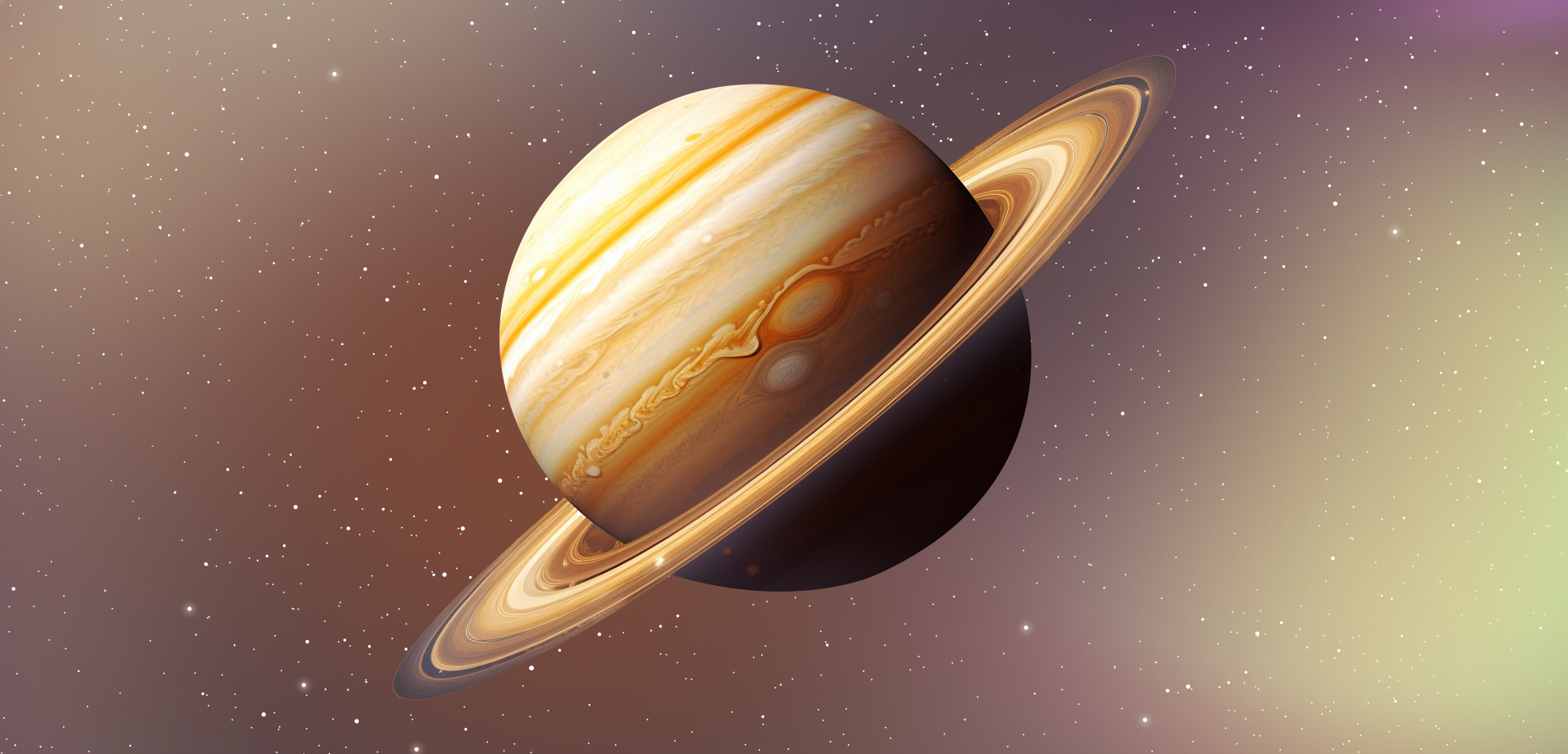
People have given various names to this planet. But what if we knew right away that Jupiter has rings? We’d probably pick up a lot more beautiful comparisons.
We already told you Which Planets Have Rings And Why, and in this article, we have collected all the currently known facts about Jupiter’s rings: how many there are, how they are called, who discovered them and when, how they formed, what their composition is, as well as other interesting details.
Are there any rings around Jupiter?
For a very long time, scientists did not know anything about Jupiter’s ‘neighbours’, although the gas giant’s observation history goes back hundreds of years. The first one to answer the question, — does Jupiter have rings — was the astronomer Sergei Vsekhsvyatskij. In 1960, based on the study of the far points of some comets’ orbits, the scientist concluded that these comets could come from the ring of Jupiter and suggested that this object was formed due to the volcanic activity of Jupiter’s satellites.
However, the final confirmation that the rings of Jupiter exist was received only in 1979, when NASA’s Voyager-1 and 2 space probes got close enough to the planet to take detailed pictures.
As it turned out, Jupiter’s rings are disk-shaped clouds flattened by gravity. They are also influenced by the numerous satellites of Jupiter, so they have a complex structure, different density and thickness.
How many rings does Jupiter have?
Studies conducted from 1995 to 2003 using the Galileo research probe, the Keck ground-based observatory and the Hubble telescope made it possible to establish the exact number of rings around Jupiter (there are four of them), as well as the source and nature of their formation. However, the scientists did not stop there. The more recent New Horizons (2007) and Juno (2011-till now) missions have provided even more details about Jupiter’s surroundings, while the new ESA Juice mission, which will reach the gas giant by 2029, promise even more discoveries about the planet, its moons, and rings.
What are the 4 rings of Jupiter?
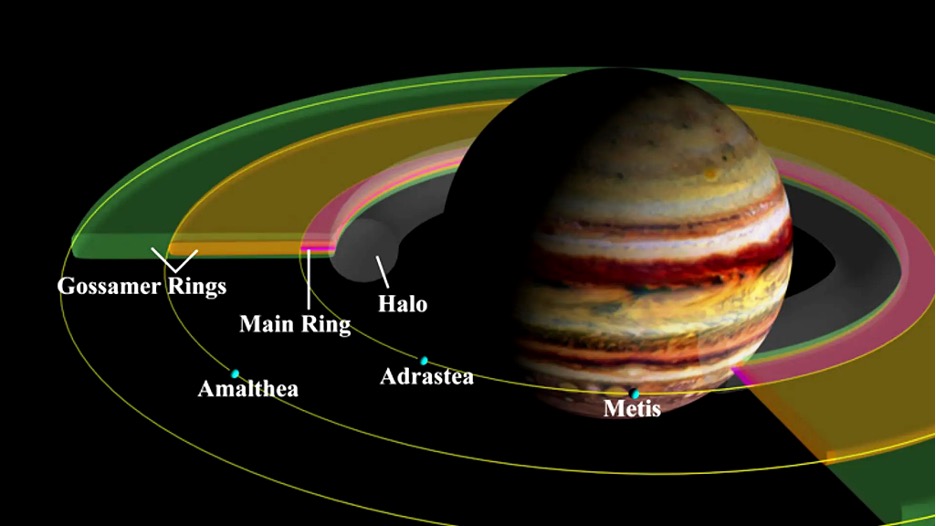
Unlike the pronounced system of Saturn, the rings of Jupiter are much fainter and less visible:
- The inner halo is Jupiter’s innermost and faintest ring. It is a broad, faint band of particles extending inward from the main one. It is difficult to observe since its density is very low.
- The main ring is the thinnest and brightest one; two small satellites ─ Adrastea and Metis — rotate inside it and are considered the source of material for it.
- Amalthea gossamer ring: it is associated with the moon Amalthea, one of the minor moons of Jupiter. It is a faint dust disc that occupies the same region as Amalthea’s orbit.
- Outer Thebe gossamer ring: Like Amalthea’s, this area is associated with Jupiter’s other moon, Thebe. It is made up of very faint dust particles and occupies the same region as Thebe’s orbit.
Below, you can study more detailed characteristics of Jupiter’s rings.
| Name | Radius (km) | Width (km) | Thickness (km) | Dust fraction | Mass, kg | Notes |
| Halo ring | 92,000–122,500 | 30,500 | 12,500 | 100% | — | |
| Main ring | 122,500–129,000 | 6,500 | 30–300 | ~25% | 107– 109 (dust) 1011– 1016 (large particles) | Bounded by Adrastea |
| Amalthea gossamer ring | 129,000–182,000 | 53,000 | 2,000 | 100% | 107– 109 | Connected with Amalthea |
| Thebe gossamer ring | 129,000–226,000 | 97,000 | 8,400 | 100% | 107– 109 | Connected with Thebe. There is an extension beyond the orbit of Thebe. |
As can be seen from the table above, the main ring is located at a distance of about 129,000 km from the centre of the planet, has a width of about 7000 kilometres and has a sharply defined outer boundary. Its brightest part lies 6400 km from the halo’s outer edge, almost near the orbit of Adrastea. Its width is about 1000 km, and in the Metis region, its brightness decreases significantly.
The inner component, a halo, stretches radially from 92,000 to 122,500 km from the centre of the planet and has a thickness of about 30, k000m. At the same time, its brightness is highest at the equator level, and the halo itself reaches the upper cloud layer of Jupiter.
Gossamer Jupiter rings extend beyond the main one. The inner one reaches the orbit of Amalthea. The external one is weaker but also wider. Both areas seem to lie inside one another, and their thickness depends on the deviations of the corresponding satellites from the equatorial plane of Jupiter.
Both gossamer Jupiter rings are rectangular. Their main peculiarity is that their central parts are not as bright as their periphery (upper and lower). The central parts are about 2-3 times dimmer.
What are Jupiter’s rings made of?
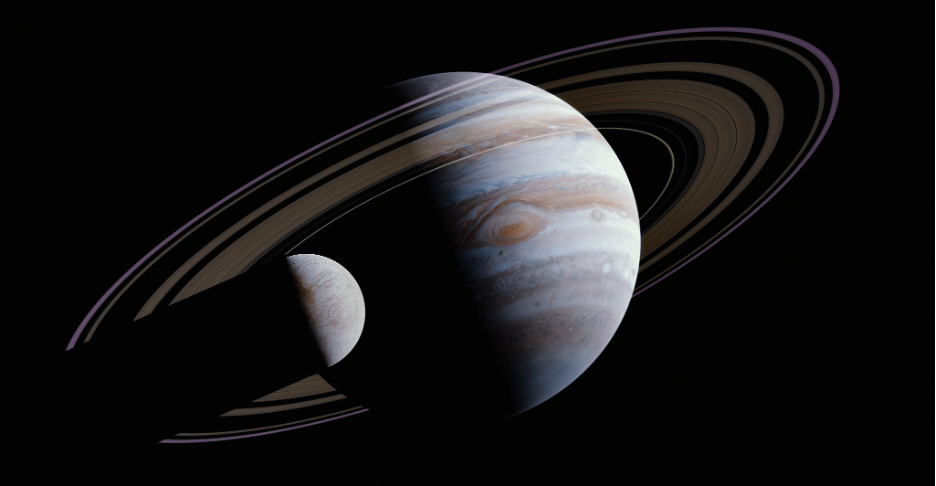
According to available data, the giant’s surrounding system is formed from tiny dust particles and fragments of comets or asteroids. Possibly, the particles that make up the rings of Jupiter are the remains of objects that fell apart during the formation of the solar system or pieces of early satellites that died under the influence of the planet’s gravity itself.
Indeed, a strong gravitational field causes small satellites to “lose” their own building material. The thing is that they are vulnerable to impacts from fragments of meteorites, comets, and other cosmic bodies that Jupiter collects like a vacuum cleaner. If the satellite is large enough, then small and large fragments remain in its orbit, forming Jupiter’s rings.
For example, the tiny Adrastea (only 25 km in diameter) firmly holds the components of the main disc. If their speed is high enough, they move away from the satellite, but they still cannot escape from the attraction of the gas giant. They accumulate and gather into disk-like structures at the same distance from the planet and with the same inclination relative to its equatorial plane, forming rings. That is why we see Jupiter with rings.
The inner halo is formed from particles that managed to “escape” the main disk. Charged particles in Jupiter’s strong electromagnetic field form a toroidal cloud that extends up and down from the main ring.
Can you see Jupiter’s rings with a telescope?
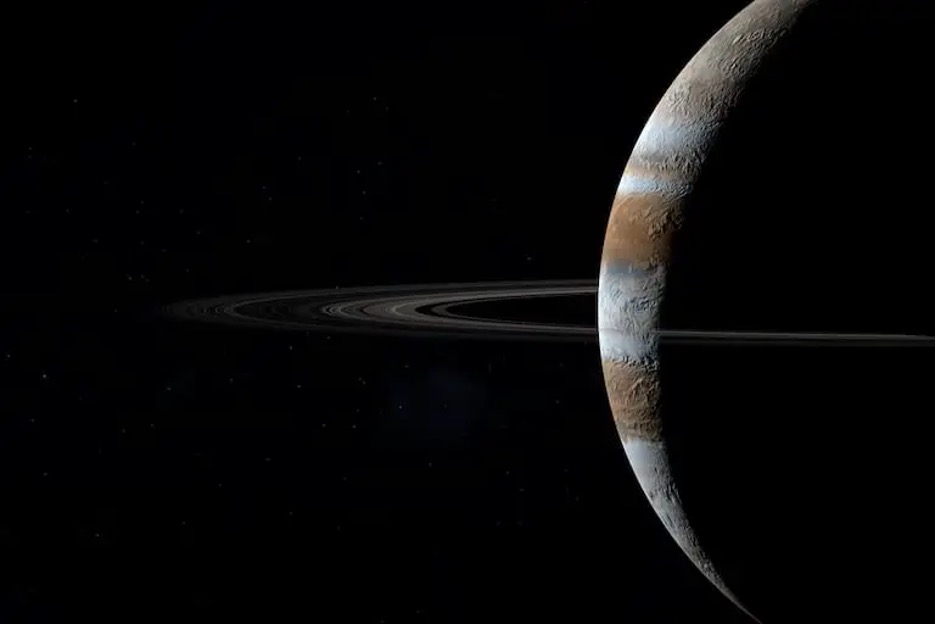
The planet itself is distinguished by a calm and even radiance. It does not flicker; its light does not tremble and waver, as it happens with stars. And it is perfectly visible without any tools, but the same cannot be said about Jupiter’s disk-shaped “neighbours”. To see them, you would need a very good telescope; otherwise, astronomers would have seen Jupiter with rings at the dawn of observing it.
But this did not happen because the formations are too thin, almost ephemeral and invisible against the background of the huge planet and its satellites. At least, if you compare them with the rings of Saturn, which were discovered mmaximumuch earlier and which include a lot of ice. Jupiter’s circular neighbours are made up mostly of dust. And dust is not the best light reflector, so it is much more difficult to see them.
So, to see Jupiter’s rings with your own eyes, you need to visit some major astronomical observatory. And, of course, do not forget that observations continue, and new discoveries surely await.
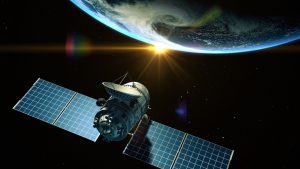



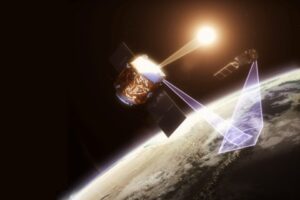

Thank you for your comment! It will be visible on the site after moderation.